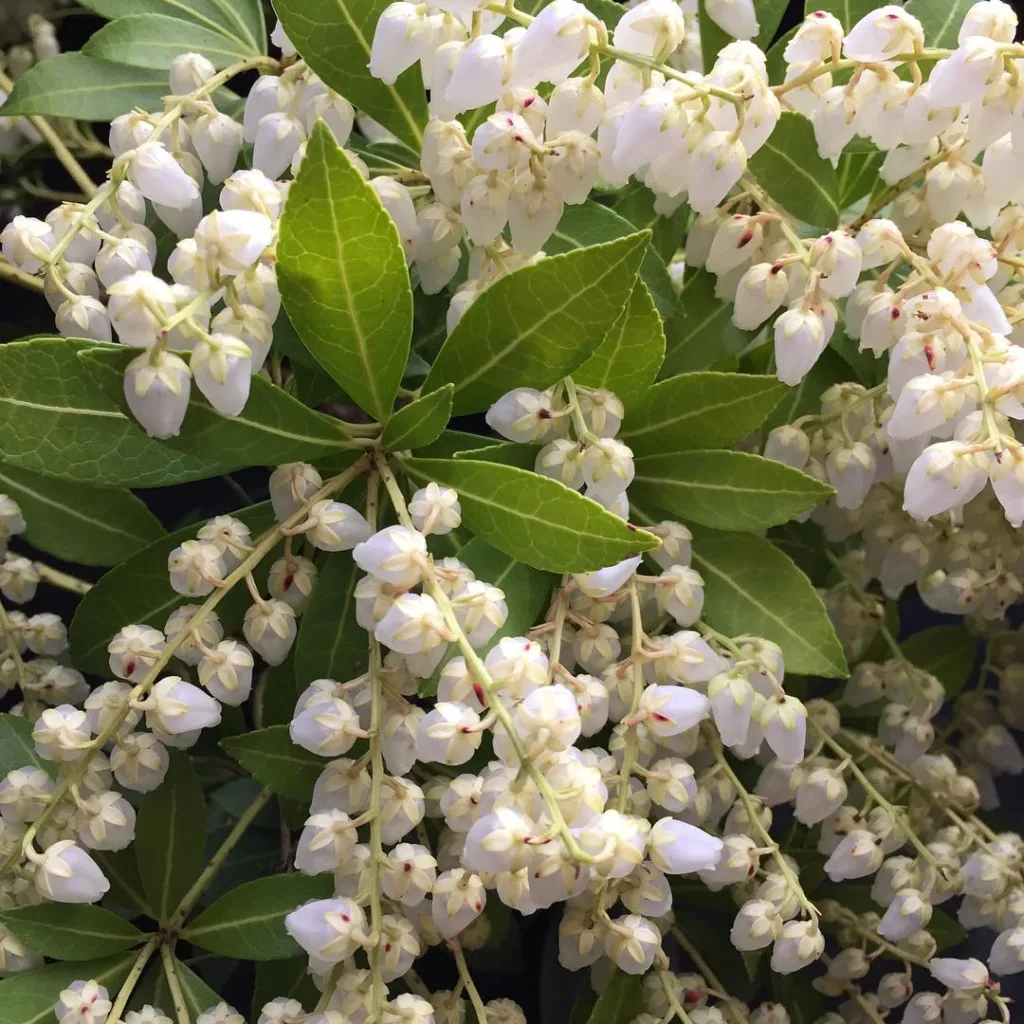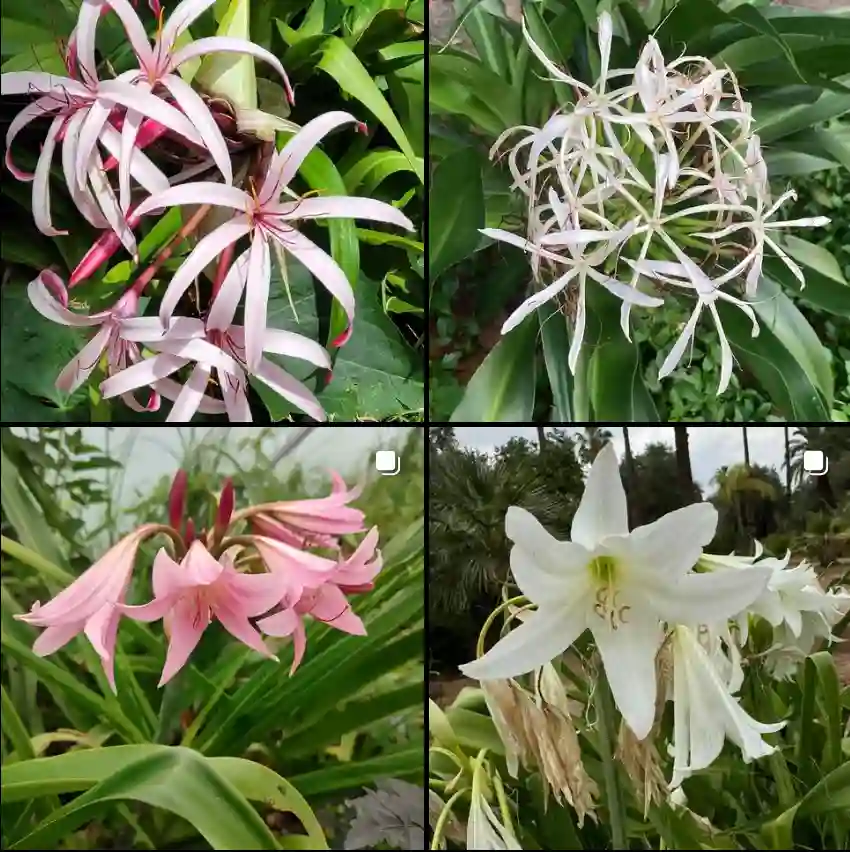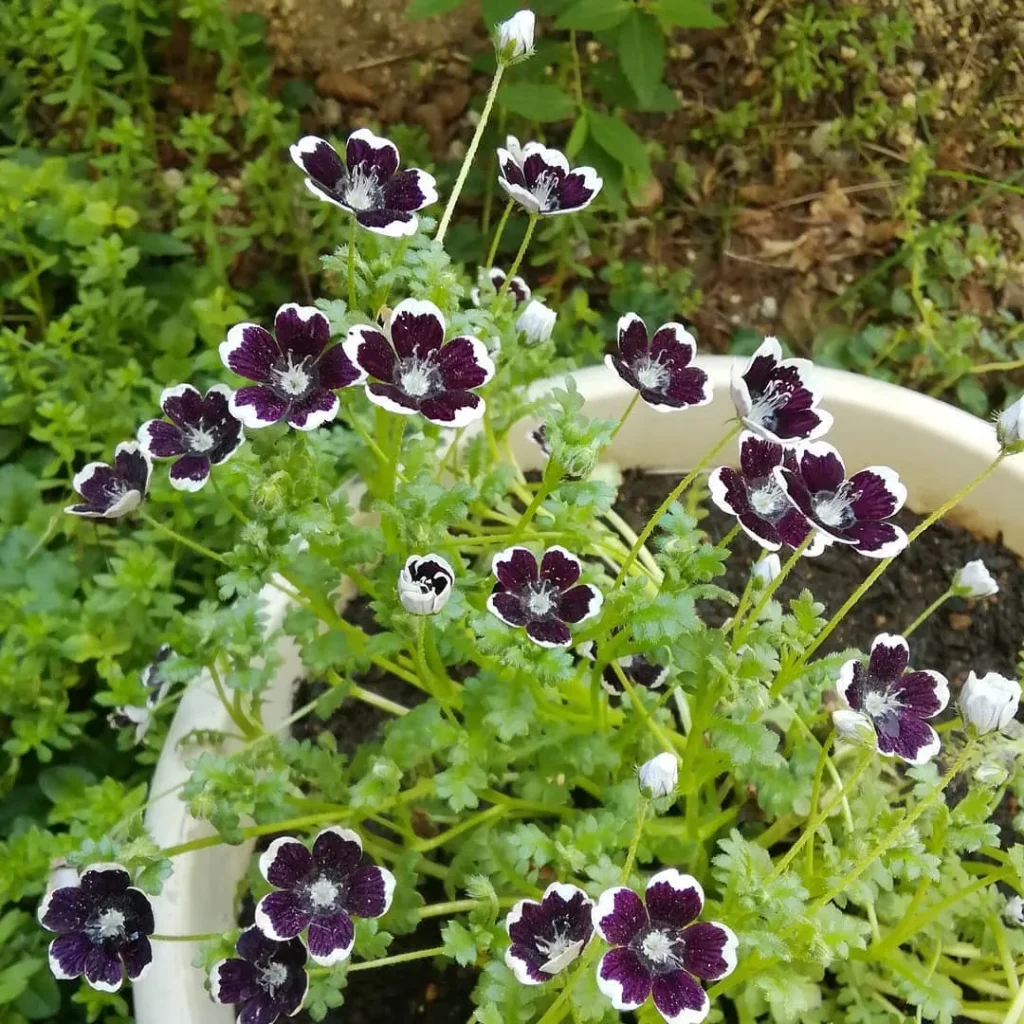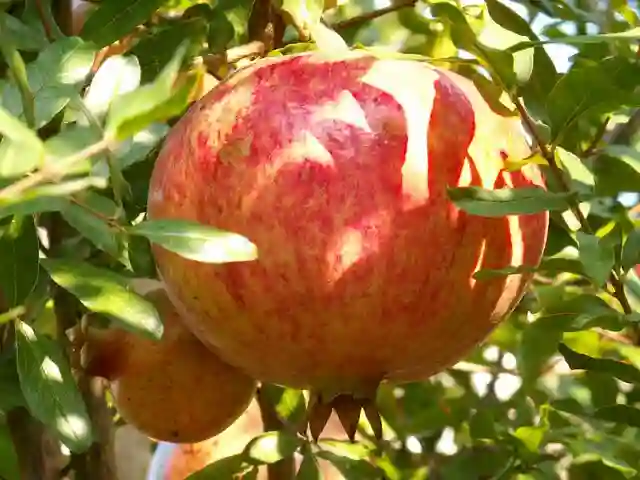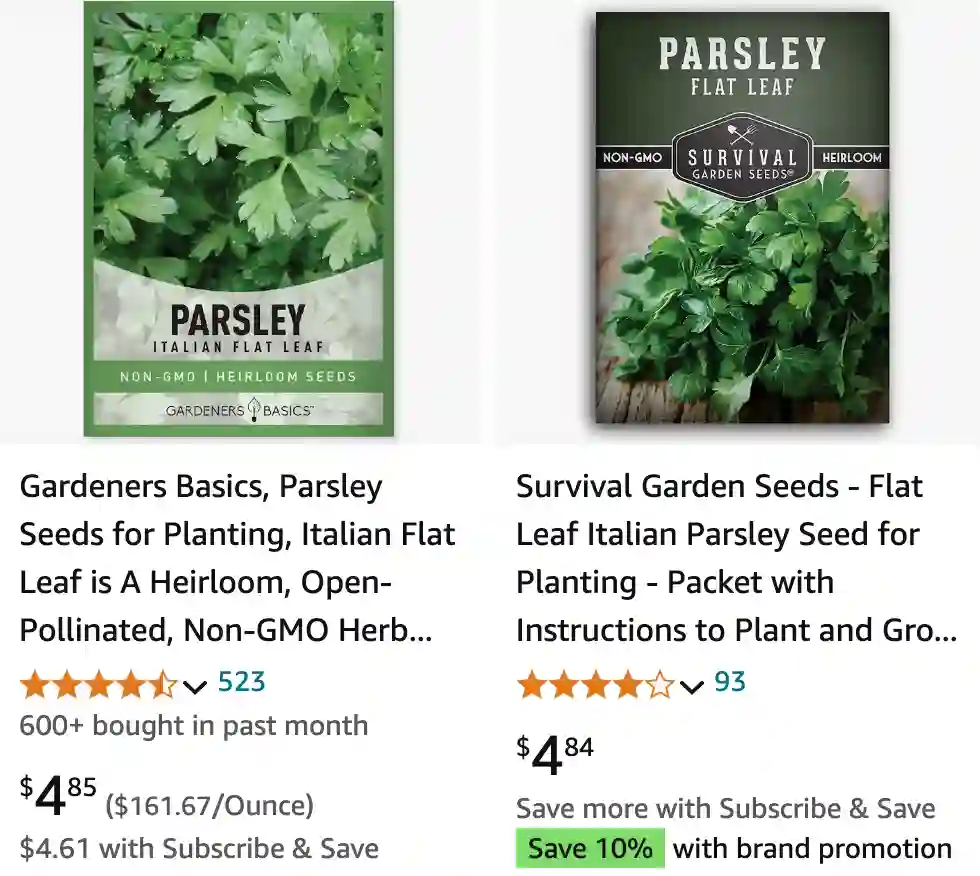
FAQs About Italian Parsley
Italian Parsley is a versatile herb that often sparks curiosity, especially for gardeners and home cooks. In this article, I’ll dive into some frequently asked questions about Italian Parsley and clear up any confusion surrounding it.
What Is Italian Parsley?
Italian Parsley is a popular herb used in cooking for its fresh, bright flavor. It’s characterized by its flat, broad leaves and is often used in Mediterranean cuisine. Its flavor is more robust and less bitter compared to its curly-leaf counterpart.
Is Italian Parsley Cilantro?
No, Italian Parsley is not cilantro. Although both herbs belong to the Apiaceae family and share some visual similarities, they are distinct. Cilantro, also known as coriander, has rounded leaves and a distinct, pungent flavor that’s quite different from Italian Parsley’s milder taste.
Is Flat Leaf Parsley the Same as Italian Parsley?
Yes, flat leaf parsley and Italian Parsley are the same. The term “flat leaf parsley” is simply another name for Italian Parsley, referring to its broad, flat leaves as opposed to the curly variety.
Italian Parsley vs Curly Parsley
Italian Parsley and Curly Parsley are different varieties of the same herb. Italian Parsley has flat, broad leaves and a stronger flavor, while Curly Parsley features tightly curled leaves and a milder taste. Curly Parsley is often used as a garnish due to its decorative appearance, whereas Italian Parsley is preferred for cooking because of its more intense flavor.
Italian Parsley vs Cilantro
Italian Parsley and Cilantro are often confused, but they are distinct. Italian Parsley has a mild, fresh flavor, making it suitable for a variety of dishes. Cilantro, on the other hand, has a pungent, citrus-like flavor that is a hallmark of many Latin American and Asian cuisines.
Italian Parsley vs Coriander
Coriander is the seed of the cilantro plant, while Italian Parsley is a completely different herb. While cilantro and coriander come from the same plant, Italian Parsley is unrelated and has a different flavor profile and use in cooking.
Italian Parsley vs Basil
Italian Parsley and Basil are different herbs with unique flavors. Italian Parsley has a fresh, mild taste, while Basil offers a sweet, aromatic flavor with a hint of spice. They are used in different culinary traditions and are not typically interchangeable in recipes.
Italian Parsley vs English Parsley
English Parsley is another term often used to refer to Curly Parsley. Italian Parsley, or Flat Leaf Parsley, differs in its leaf shape and flavor. English Parsley (Curly Parsley) has tightly curled leaves and is less flavorful than Italian Parsley.
How to Grow Italian Parsley?
Growing Italian Parsley is relatively easy. It thrives in well-drained soil and requires plenty of sunlight, though it can tolerate partial shade. Start seeds indoors or directly sow them outside after the last frost. Keep the soil moist but not waterlogged. Italian Parsley is a biennial plant, meaning it will last two years but is usually grown as an annual.
How to Care for Italian Parsley?
Italian Parsley needs consistent moisture and a sunny to partially shaded spot. Water it regularly, but ensure the soil has good drainage. Fertilize every few weeks with a balanced fertilizer to promote healthy growth. Trim the outer leaves regularly to encourage new growth and prevent the plant from becoming too woody.
How to Propagate Italian Parsley?
You can propagate Italian Parsley by seed or division. For seed propagation, sow seeds directly into the soil or start them indoors and transplant them outside. If you have an established plant, you can also divide it and replant the divisions.
What to Plant with Italian Parsley?
Italian Parsley pairs well with many herbs and vegetables. Consider planting it alongside tomatoes, carrots, or other herbs like basil and oregano. It can also be grown in containers with other companion herbs.
Can Dogs Eat Italian Parsley?
Italian Parsley is generally safe for dogs in small amounts. It can even aid digestion and freshen breath. However, it’s best to avoid giving your dog large quantities as it may cause stomach upset.
Can Rabbits Eat Italian Parsley?
Rabbits can safely eat Italian Parsley in moderation. It can be a nutritious addition to their diet, providing vitamins and minerals. Ensure that parsley is washed thoroughly and served as part of a balanced diet.
Can Bearded Dragons Eat Italian Parsley?
Bearded Dragons can eat Italian Parsley, but it should be offered in moderation. Too much can cause digestive issues. It can be a part of their varied diet, along with other vegetables and insects.
Is Italian Parsley Safe for Cats?
Italian Parsley is generally safe for cats in small amounts. It is not toxic to them and can occasionally be offered as a treat. However, always consult with your vet before introducing new foods into your pet’s diet.
Can You Use Italian Parsley for Chimichurri?
Yes, Italian Parsley is an excellent choice for making chimichurri. Its fresh, robust flavor complements the other ingredients in this Argentine sauce, like garlic, vinegar, and oil, adding a vibrant herbal note.
How to Dry Italian Parsley?
To dry Italian Parsley, tie the stems together and hang them upside down in a well-ventilated, dry area away from direct sunlight. Once the leaves are crispy and crumble easily, crumble them into a container for storage. You can also use a dehydrator or oven set to a low temperature.
How to Prune Italian Parsley?
Pruning Italian Parsley involves cutting back the outer leaves to encourage new growth. Use clean scissors or pruning shears to remove leaves at the base of the plant. This not only promotes a bushier plant but also helps prevent the herb from becoming too woody.
Common Problems with Italian Parsley
Common issues with Italian Parsley include pests like aphids and fungal diseases. To address these problems, ensure proper spacing for good air circulation, and avoid overhead watering. Regularly inspect your plant for signs of pests and treat them promptly with insecticidal soap or neem oil.
By understanding these aspects of Italian Parsley, you can make the most of this flavorful herb in your culinary creations and garden. Whether you’re using it fresh or dried, Italian Parsley is a versatile herb that can enhance many dishes and is relatively easy to care for.
If i die, water my plants!
